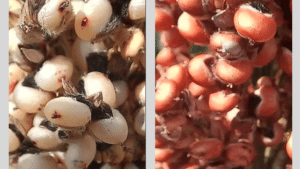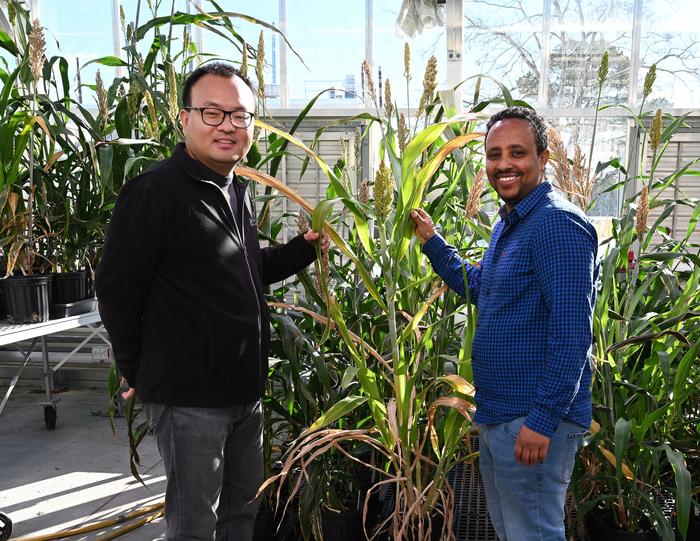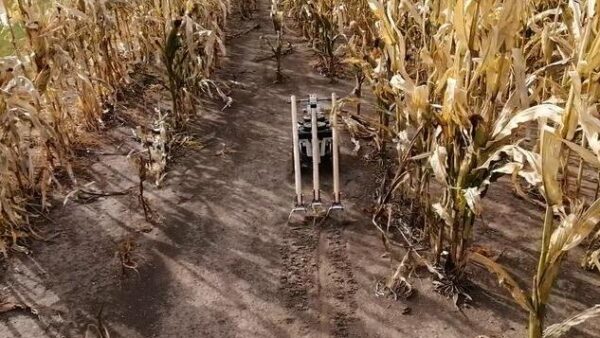The nutritional potential of sorghum as pig feed is really great. First of all, the protein content is two to three per cent higher than corn. In addition, sorghum is poor in tannins, and as you know, tannins reduce the digestibility of protein. So, a crop that is low in tannins, such as sorghum, ensures a higher protein content energetic for the animal. In addition, sorghum has less iodine, linoleic acid and polyunsaturated fatty acids, so pigs fed a diet based on sorghum provide meat with firmer fat.
Taking all of the above into account, it is easy to see that sorghum has a high feed value in terms of its energy content and amino acid and fatty acid profiles.
Apart from the nutritional advantages, there are also agronomic advantages of using sorghum in pig feed. One of the main advantages is the lower risk of mycotoxins. In certain weather conditions and diseases pressure, corn can contain too high levels of mycotoxins. But since sorghum has an open flower, the chances of mycotoxins in sorghum seeds, are almost non-existent.
Also, in corn, the root worm Diabrotica is becoming a big problem on Western Europe. Luckily for sorghum farmers, the crop is resistant to this nasty insect. And on top of that, sorghum has a much higher drought tolerance. For grain production it needs 50 percent less water than corn, and if used for forage, then sorghum can do with 30 percent less water than corn, it is an alternative when water resources are limited (more than 85% of lands are without irrigation system).
But there are also a few small disadvantages, for example, the grain is small and very hard in comparison with maize and so sorghum grain must be broken into fine particles in order to improve its digestibility for animals, unless it is used in wet grain practices more and more widespread in Europe. On top of that, the awareness of farmers about sorghum is relatively low. There is a general lack of knowledge about the benefits of growing this crop. As a company, we are working hard on that to overcome this lack of knowledge.
Some people think that sorghum is relatively low in amino acid lysine, but this is actually not true. It depends on the way of crushing. If the seeds are crushed at 4mm, there may be less lysine available, but when the sorghum seeds are crushed at 2mm, then there is more lysine available for the animals. The high phytase activity of sorghum is also a huge advantage in pork production.
There are also several economic advantages for the pork industry to use sorghum, due to the fact that the pork farmer can use less soybean and sunflower meal in the feed ratio, reducing the price, and increasing the margin. With sorghum, the pigs eat more and gain weight faster. In that way, the farmer improves the farm productivity and also benefits from cheaper rations than those based on maize, wheat and soybean meal.
Apart from the pork industry, there are also economic advantages for sorghum growers. Sorghum requires 30 per cent less input compared to corn, so this means less costs for the farmers, and more profit at the end of the season.
One major challenge we have is that farmers are not yet fully aware of the many benefits of growing sorghum. So, already back in 2018, we published a very good and detailed 28-page reference guide about the many benefits of using sorghum as animal feed. And I am happy to say that in September 2022 we will publish an updated version of that guide. So, stay tuned and keep your eyes open for this nice and informative new publication.









